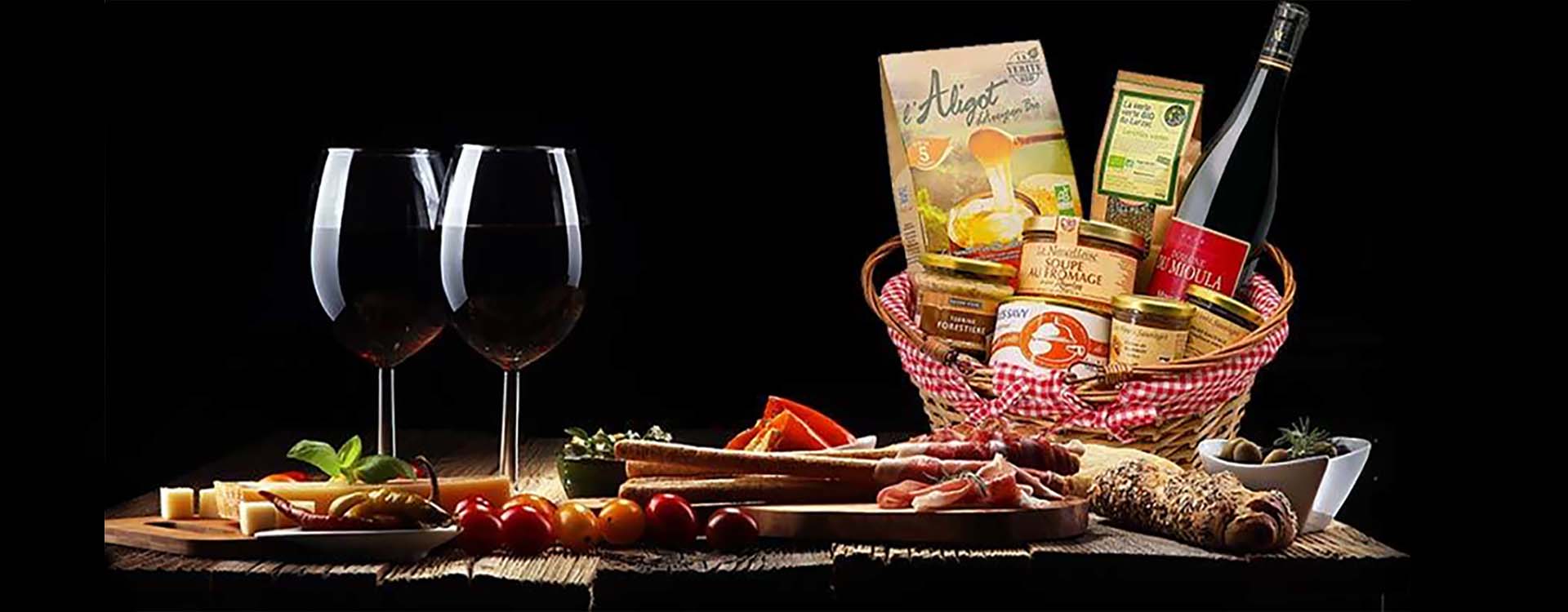Although Germany may not be internationally renowned for its culinary diversity, and Chinese tourists may occasionally find it challenging to discover food that matches their familiar tastes, major cities still offer a variety of quality German dishes. At the same time, exploring different food cultures allows visitors to experience new and exciting flavors — and even discover unexpected favorites along the way.
List of 10 everyday German foods
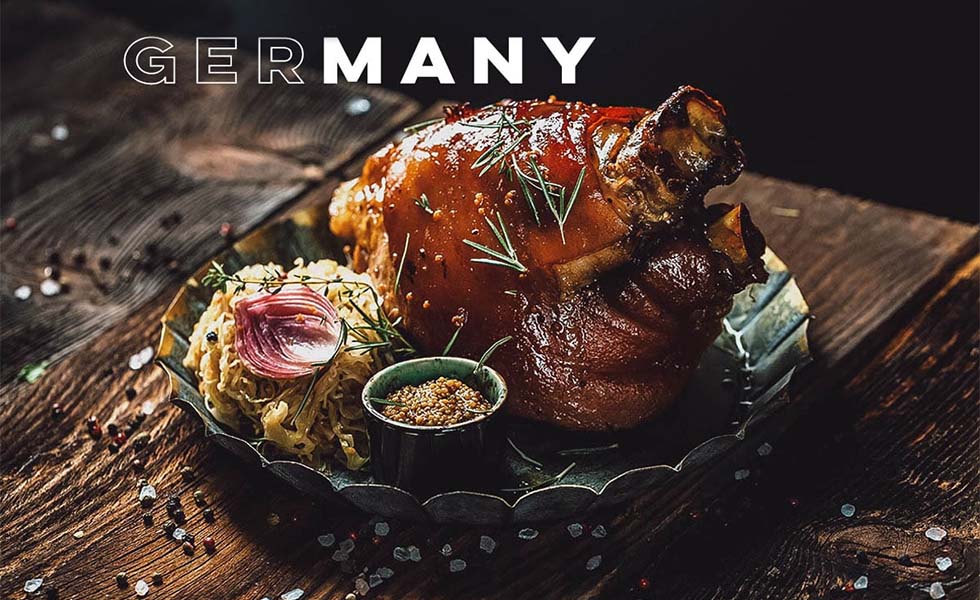
Eisbein und Sauerkraut
One would like to place pork knuckle with sauerkraut and mushy peas in the Bavarian culinary tradition, but it definitely belongs in Berlin. You eat pork knuckle at mother’s house, in the pub after work, or on weekends in a beer garden. It is said to have first appeared on the table in the early 1800s in a restaurant near Görlitz train station, salted and boiled. The name is said to come from the Berliners’ enthusiasm for sport. They had loved ice skating for over 300 years.
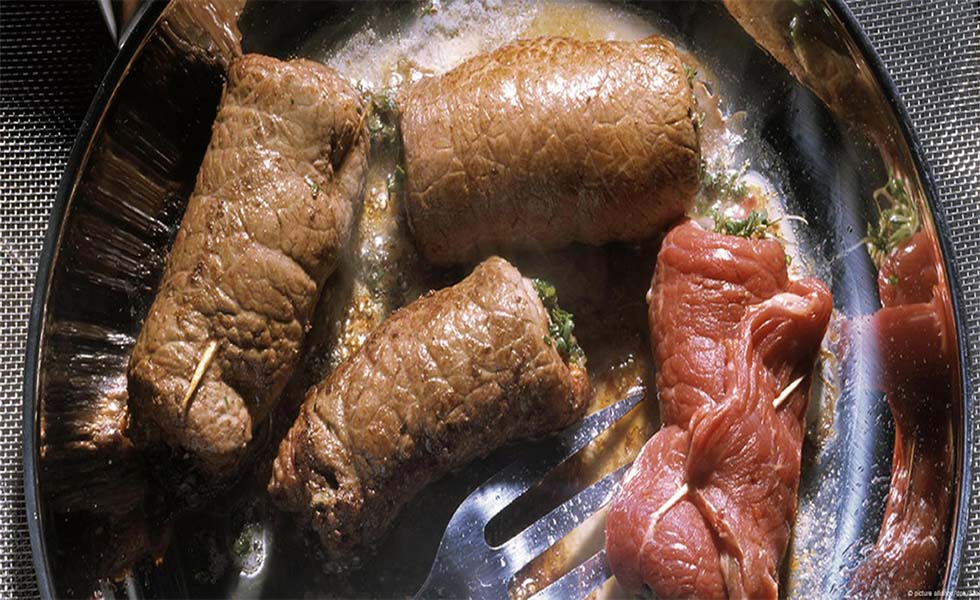
Classic Beef Rolls
The classic beef roll is certainly one of the most popular Sunday and holiday meals in Germany. In first-class restaurants it is a hit on the menu. My family recipe, prepared in the classic way without any bells and whistles, is easier than you think and has already inspired many readers.

Kartoffelknödel
Dumplings are best eaten homemade. The dumpling dough for potato dumplings is easy to prepare with just a few ingredients. You know exactly where the ingredients used come from and what quality they bring. Especially the main ingredients, boiled potatoes and eggs are great value because they contribute most to the taste and quality.
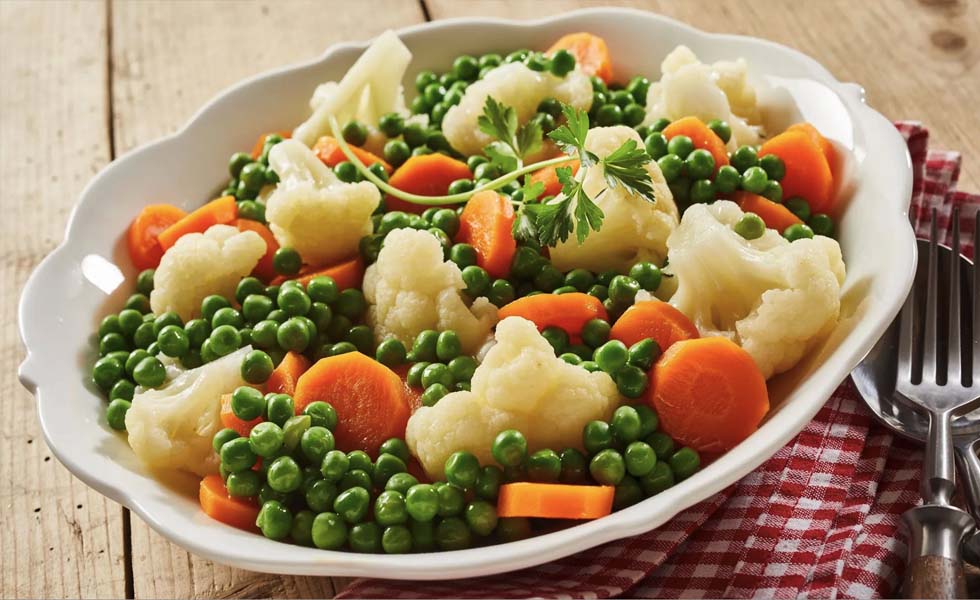
Leipziger Allerlei
Leipziger Allerlei is a traditional vegetable dish that can also be served as a side dish. It is named after the city of Leipzig and consists of a variety of vegetables including green peas, carrots, asparagus, celery, green beans and morels (formerly known as Lorcheln).
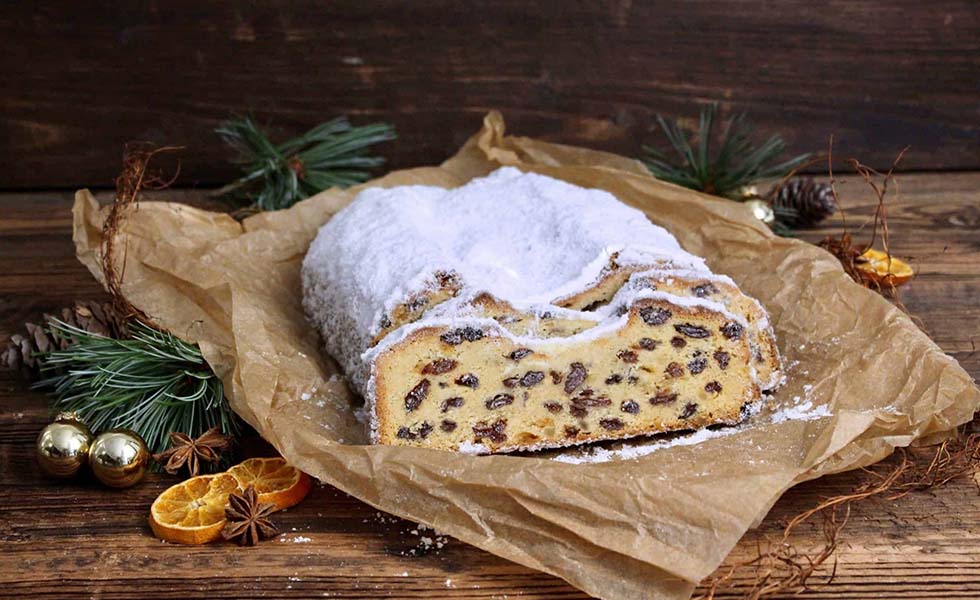
Dresdner Stollen
Since the 20th century, Dresden Christmas Stollen is used only in its current quality. Century Baking. Only high-quality, noble raw materials, fine ingredients, natural aromas and exotic spices are processed. Even with a basic recipe, every Stollenbaker has his inherited family secrets. Connoisseurs have been ordering them in traditional bakeries and pastry shops in Dresden for years.
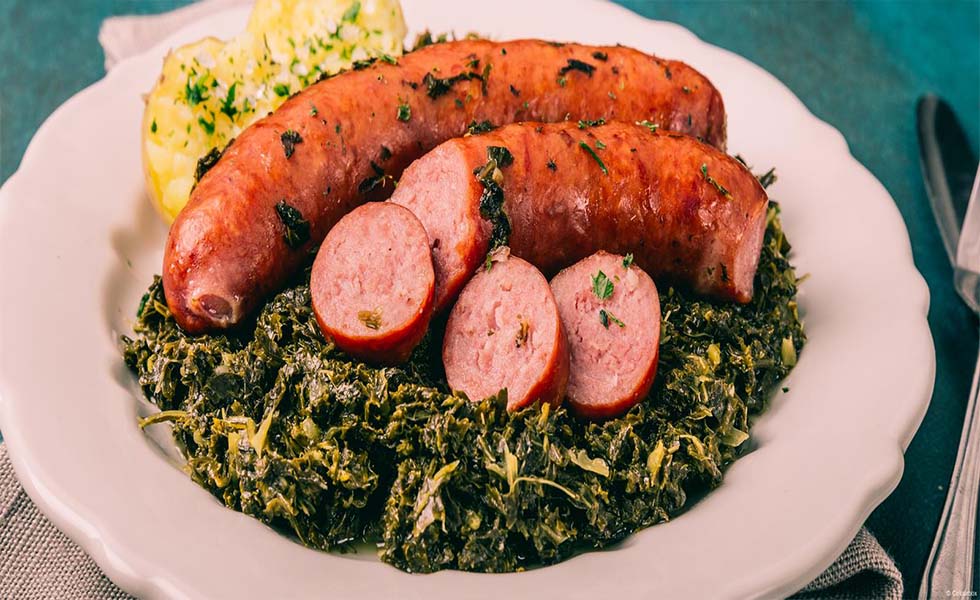
Kale and Red Sausage
Kale is a quintessential winter vegetable that tastes best at the first frost. Each region has its own way of preparing kale, and, of course, each claims its own variety is the tastiest. Many areas maintain a true kale cult. Everyone agrees: crisp schnapps are part of the package.
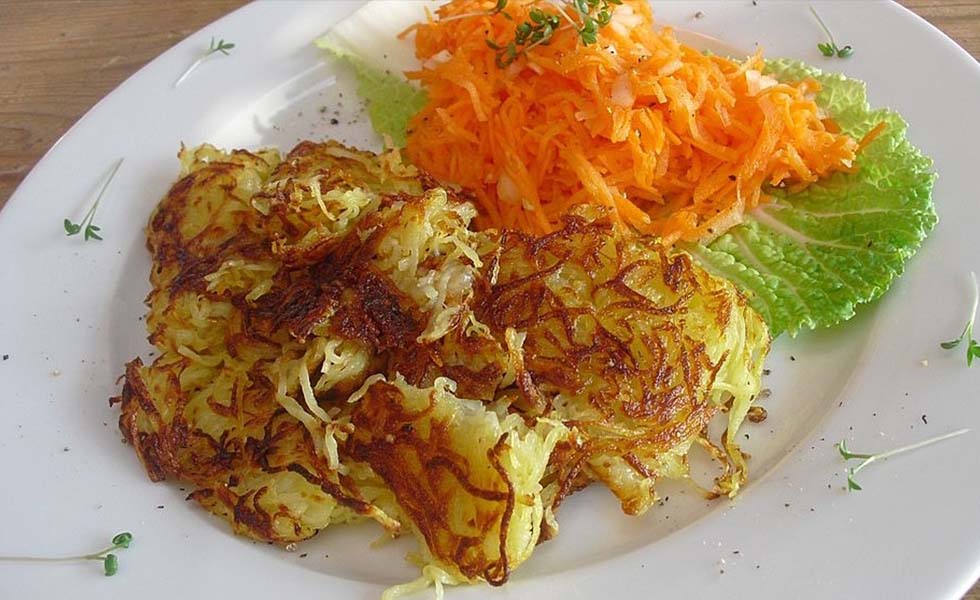
Kartoffeln und Zwiebel
A pancake made of raw grated potatoes and onions, baked in a thick pan or in the oven. Typical is his crispy crust, which, depending on his taste, can also be refined with leeks. Traditionally, you eat dibbelabbes with apple compote or ramson salad. But there are also recipes with sauerkraut, and if you like, you can add meatballs or other meat variants.
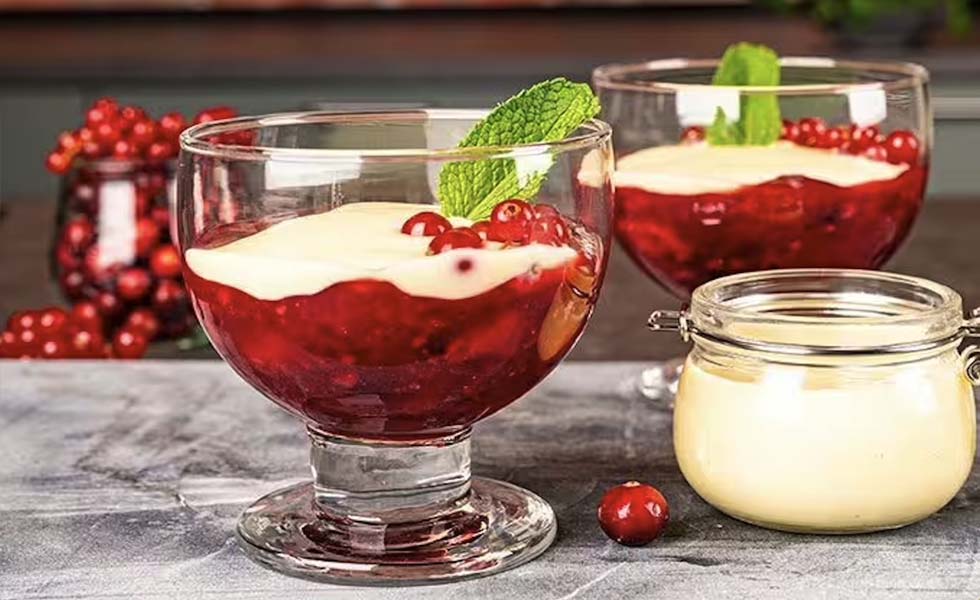
Fruit preserves with vanilla sauce
Traditionally, red and black currants are mixed with raspberries, and more modern versions also contain strawberries and cherries. All fruits are boiled together with juice, semolina or sago is added as a binder, and then served with milk, vanilla sauce, cream or vanilla ice cream. In addition to the red version, there are yellow, blue and green ciba. Yellow currants, pineapple, peaches or bananas go into the yellow crumb. For green ciba, gooseberries, kiwis and pineapples are combined. Blueberries and blackberries predominate in bluegill.
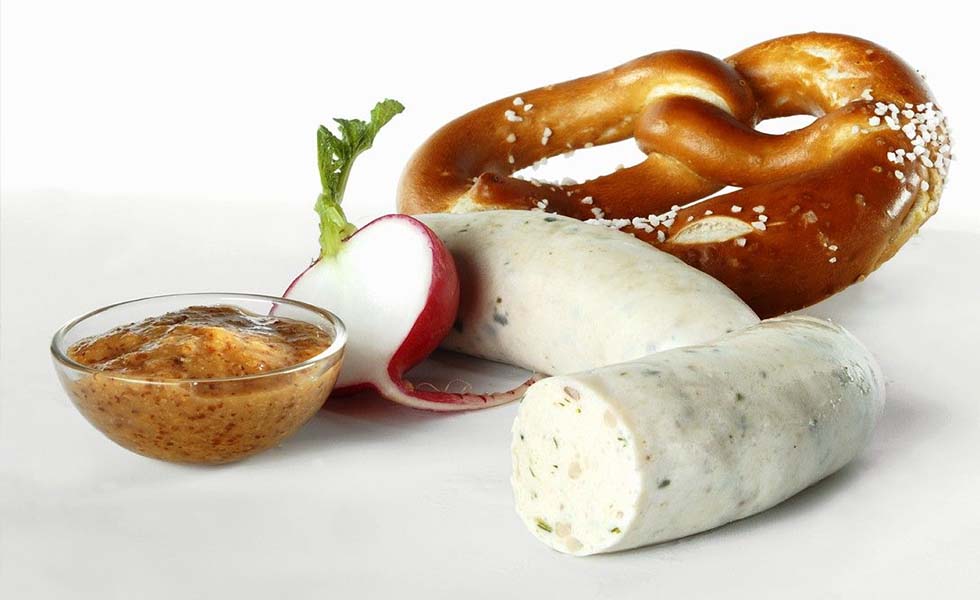
White sausage with sweet mustard
White, fluffy sausage meat meets parsley, which provides the beautiful appearance and the full-bodied yet mild flavor. Veal, pepper, and nutmeg make it incomparably delicious. This variety is eaten without the casing by “zuzelt” it. You can have it without wheat beer, but it should definitely be enjoyed with sweet mustard and a fresh pretzel.

